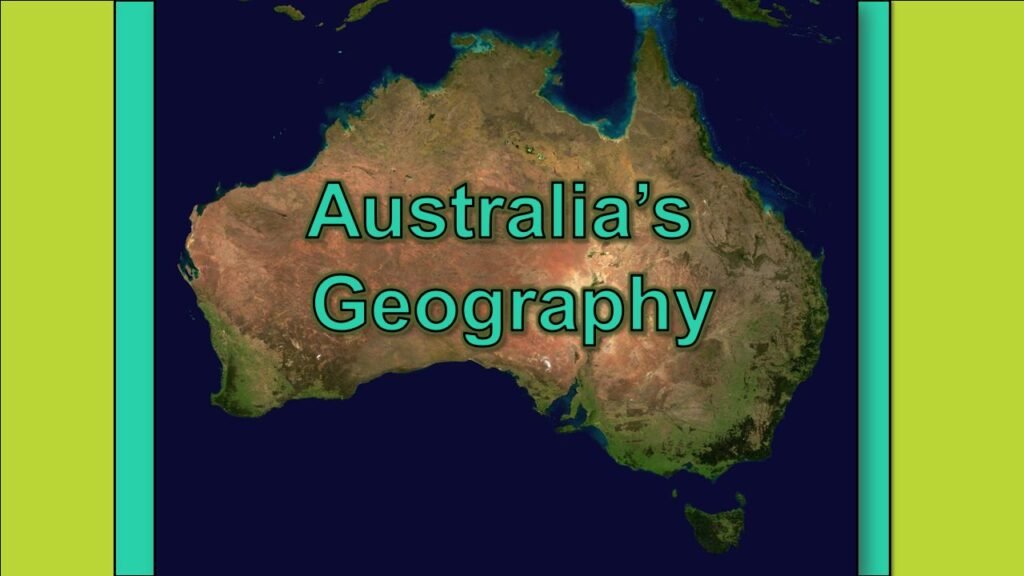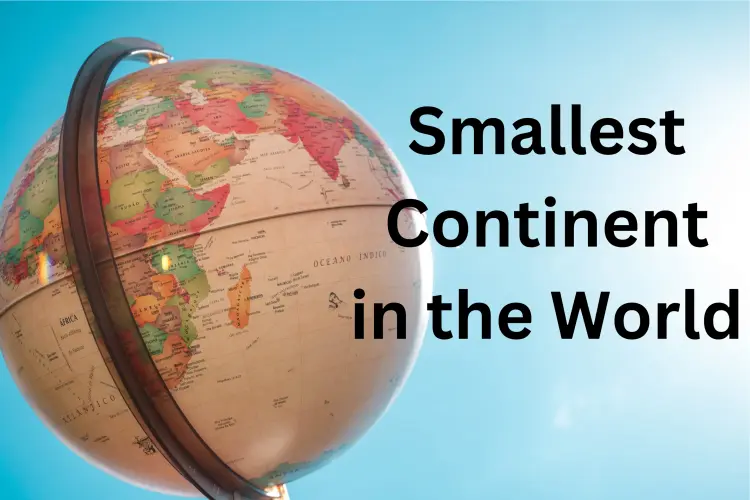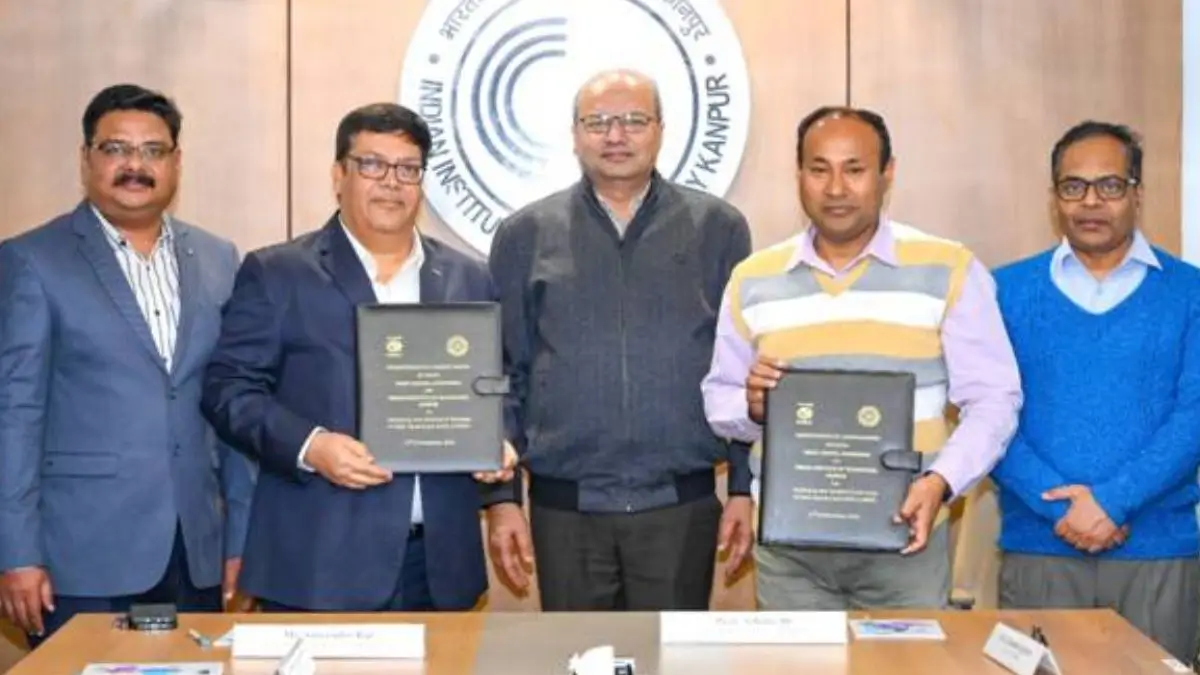Smallest Continent in the World
Australia, often referred to as the Land Down Under, is a continent known for its unique geography, wildlife, and diverse culture. It is, in fact, the smallest continent in the world. In this article, we will explore why Australia holds this distinction, its historical context, and five key takeaways that students preparing for various government exams should keep in mind.

Why this News is Important
Australia’s Unique Status: Understanding the smallest continent is vital for students preparing for government exams, as it enriches their knowledge about world geography. Australia’s status as the smallest continent is intriguing and sets it apart from other landmasses.
Geographical Significance: Knowing about Australia’s geographical characteristics and its position in the southern hemisphere is crucial. This information may be directly relevant to exam questions and can help candidates score better.
Historical Context
Australia’s status as the smallest continent can be traced back to its geographical isolation and unique geological history. The continent separated from the supercontinent Gondwana around 180 million years ago. Over time, it drifted away and became its own landmass.
Australia’s history is also marked by the arrival of Indigenous peoples over 65,000 years ago, making it one of the oldest continuous cultures on Earth. European colonization began in the late 18th century when Captain James Cook landed on the eastern coast. This colonization had a profound impact on the continent’s history and demographics.
Key Takeaways from this News
| Serial Number | Key Takeaway |
|---|---|
| 1 | Australia is the smallest continent in the world. |
| 2 | It is located in the southern hemisphere. |
| 3 | Australia separated from Gondwana millions of years ago. |
| 4 | Indigenous peoples have inhabited Australia for over 65,000 years. |
| 5 | European colonization began in the late 18th century. |
Important FAQs for Students from this News
Q1: Is Australia both a country and a continent?
A1: Yes, Australia is both a country and the smallest continent in the world.
Q2: Why is Australia considered a continent when it’s also part of Oceania?
A2: Australia is considered a continent because of its distinct landmass. It’s also part of Oceania, which is a broader geographical region.
Q3: How did Australia separate from Gondwana?
A3: Australia separated from the supercontinent Gondwana due to tectonic plate movements over millions of years.
Q4: What is the significance of Captain James Cook’s arrival in Australia?
A4: Captain James Cook’s arrival in Australia marked the beginning of European exploration and colonization, leading to significant historical developments.
Q5: What is the importance of understanding Australia’s geographical position for exams?
A5: Understanding Australia’s geographical position is important for exams as it helps in answering questions related to world geography, climate, and regional characteristics.
Some Important Current Affairs Links

















